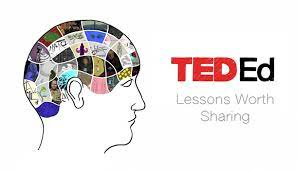The rapid evolution of communication technologies has marked the 21st century, with innovations such as Facebook, Twitter, Instagram, and other social media platforms transforming the way we connect and share information. Applying Rogers' Diffusion of Innovations theory to these platforms allows us to understand their adoption patterns, the motivations behind early and late adoption, and the potential downsides and upsides that are associated with social media.
It’s important to start out by understanding the diffusion of innovations. Rogers' theory is quite fascinating. It identifies five adopter categories: innovators, early adopters, early majority, late majority, and laggards. Innovators and early adopters are generally the first to embrace new technologies while the majority follows suit over time. Laggards on the other hand, are hesitant to adopt innovations, even after the technology or specific innovation has become accepted by the majority of the population. Knowing this, let's consider the diffusion of social media platforms, such as Facebook/Twitter/Instagram, through the lens of Roger’s theory.
Innovators in the realm of social media were tech enthusiasts and early internet users who saw the potential for connecting and sharing online. Early adopters, often opinion leaders within their social circles, quickly recognized the benefits of these platforms for communication, self-expression, networking, and connecting with people across the globe. The early majority joined as social media gained popularity and became more user-friendly, perceiving it as a norm rather than an innovation. Late majority individuals joined as a response to social pressure or when the technology became almost ubiquitous. Laggards might resist social media due to concerns about privacy, security, or simply being uncomfortable with the digital landscape.
The Laggards have reason to doubt social media as there are certainly downsides. Social media platforms have faced criticism for mishandling user data, leading to privacy concerns and potential misuse. There is also a rise of cyberbullying, online harassment, and the impact on mental health are significant downsides. Additionally constant exposure to information on social media may lead to information overload and decreased attention spans. Another rising concern is overexposure to dopamine and the subsequent shortening of attention spans. People are becoming addicted to social media and their phones. I, for instance, limit my use of Facebook, Twitter, Instagram, or any other social media platform. This choice is rooted in concerns about the potential negative impact on mental health, and a desire for a more intentional use of time. While these platforms offer connectivity, information sharing, and networking opportunities, the potential downsides have led me to weigh the cost-benefit analysis in favor of not participating. That is not to say that there are no benefits to social media. Social media facilitates global connections, networking, and collaboration, fostering opportunities for personal and professional growth. Instantaneous information sharing allows for real-time updates on global events and trends. Analyzing the diffusion of social media through the lens of Rogers' Diffusion of Innovations theory provides insights into the diverse motivations behind adoption.



.jpg)






